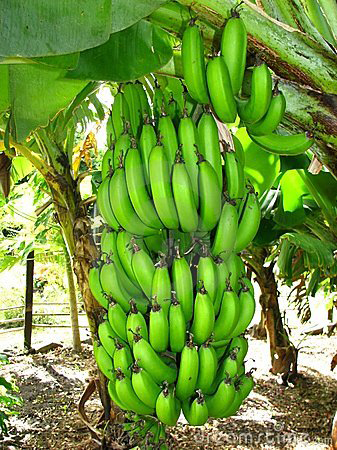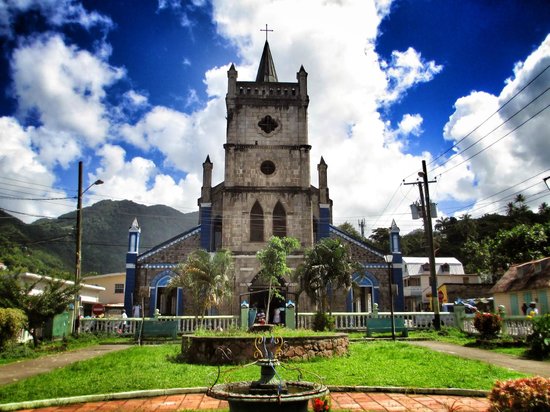Ah, it’s
good to be back. And yes, I found a new job. What’s funny was that at my
interview, I was talking to a woman about the blog. However, as I was
trying to remember what exactly was next off the top of my head, and once I
figured out it was St. Lucia, I realized I didn’t even know the correct
pronunciation of it, so I took a stab at it (and of course I pronounced it
wrong), but she quickly said, “Oh, I went to St. Lucia a while back and it was
gorgeous [pronouncing it correctly as “LOO-sha,” not “loo-SEE-uh” like I have
my whole life.].” While I was happy I was talking to someone intelligent, I
made a mental note of it and vowed to always Google everything before I speak. This
is how I’ve been fooling people into thinking I’m smarter than I am since 1998.
The French,
who were one of the island’s first European visitors, gave the island its name.
It’s named after Saint Lucy of Syracuse and is the only country named after a
female. The legend goes that the French sailors were shipwrecked on the island
and since it was Saint Lucy’s Day (December 13), it seemed a fitting name.
Located
along the Windward Islands in the Caribbean (part of the southernmost chain of
islands), St. Lucia is a teardrop-shaped island located just south of the
island of Martinique and north of St. Vincent and the Grenadines. It’s also
northwest of the island of Barbados. It has a tropical climate, with a dry
season from December to May and a rainy season from June to November. St. Lucia
was formed as part of an active volcanic system (the most recent activity was
around 2000-2001).
It’s thought
that the earliest people here were the Ciboney people, but there is mixed
evidence for that. There’s far more evidence showing that the Arawaks were the
first major group of people to live on the island. They called the island Iouanalao, meaning “land of the iguanas”
after the large number of iguanas found there. Later, the Caribs moved in and
took over. The Caribs were far more aggressive than the peaceful Arawaks.
During the mid-1500s, the French arrived. And then the British. After both
countries started seeing the advantage of “owning” a bunch of islands in the
Caribbean once the sugar industry starting taking off, St. Lucia was often
passed back and forth between the two countries many times during the 1700s and
1800s. For the most part, St. Lucia remained as a British colony. Slavery ended
in 1838, and at that time, those of African descent outnumbered those of
European descent. When St. Lucia stopped being a colony, it joined the West
Indies Federation when it gained full independence in 1979. Over the years, a
number of films had been at least partially shot in St. Lucia.
The largest
city is the capital of Castries. Located on the northwest side of the island,
Castries was built on what’s called reclaimed land (“Reclaiming my land…”); in
other words, it’s when cities build up swamp land with cement and other
materials so that they can build on unbuildable land. The city is also an
important port city as well as a tourist hub. As the center of government, it’s
also the center for transportation, media, and commerce.
 |
| The first time I saw bananas growing was in Brazil. They grow upside-down from what I always imagined! |
St. Lucia
has traditionally depended on a certain amount of tourism, but since the
recession of 2008-2010, tourism has dropped and has been slow to regain. They
do have a thriving economic driver in fruit cultivation (mainly bananas and
plantains) and beer production as well as petroleum oil. Because St. Lucia has
an educated workforce, many foreign countries have chosen St. Lucia for foreign
investments, and offshore banking is one of St. Lucia’s key sources of revenue.
Almost
two-thirds of the people practice Roman Catholicism (left over from the French)
while nearly a quarter adheres to Protestantism. There are smaller numbers of
people representing other religious followings such as Rastafarianism,
Buddhism, Jehovah’s Witnesses, Islam, Judaism, and Baha’i.
The official
language is English; however, the vast majority of the people speak Saint
Lucian Creole French. It’s a subgenre of Antillean Creole, which is used in
literature and their music. It’s kind of a combination of African and Carib
sentence structure with French-based vocabulary. Not really understood to
French speakers, it’s more intelligible to other French-based Creoles. Even at
that, St. Lucia is still considered part of the Francophone (countries that
speak French).
I ran across
a story about St. Lucia’s volcanoes. One in particular is known as Sulpher
Springs. It was created as lava and steam wore a crater into the surface over
400,000 years ago. The water is black because of a reaction between the iron
and sulpher. So, as tourists began flocking to the island to see this, they
used to practically be able to drive right up to the edge. However, in the
1990s one of the guides fell through into the hot boiling water (I’m guessing
this didn’t end well). So, now they built a platform a few hundred feet back.
(Smart move.)
Up next: art
and literature













